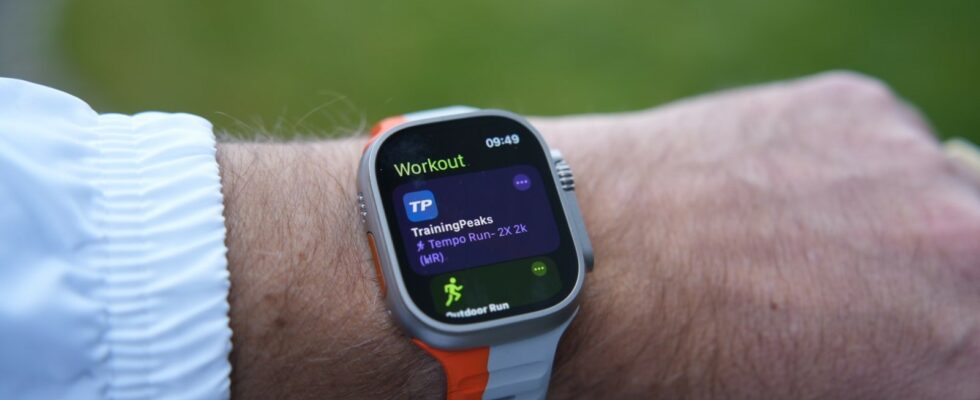When the Apple Watch Ultra debuted last year, many comparisons were made between it and sports watches from Garmin, Coros, Polar, and Suunto. But it turned out that the first-generation Watch Ultra wasn’t quite ready to take the place of GPS sports watches. However, the potential was there.
A year later, with the arrival of the Watch Ultra 2 and WatchOS 10, it is clear that Apple continues to develop its smartwatch to make it a real tool suitable for athletes. One of the features revealed at WWDC was the introduction of APIs for workout app developers to send personalized workouts directly into Apple’s workout app. Watch.
What to do with Apple APIs?
Watch users could already create custom workouts on the watch and use them with the Workout app. Now the ability to sync these workouts from another source or provider streamlines the experience. And also provides more detailed analysis of workouts outside of the Workout app experience.
Since then, a few developers have implemented this support. Last week I tested the TrainingPeaks app integration, one of the most popular training platforms for athletes. I was set up for test accounts on TrainingPeaks and provided with several running and cycling workouts. And a few coaches gave me advice during the testing period. So let’s take a closer look at my experiences on the trail and cycle path.
The Apple Watch Ultra for running
I spend most of my exercise time running or using a Hydrow rower. Sure, it’s winter, but so I was up for the challenge in the cold, dark and wet.
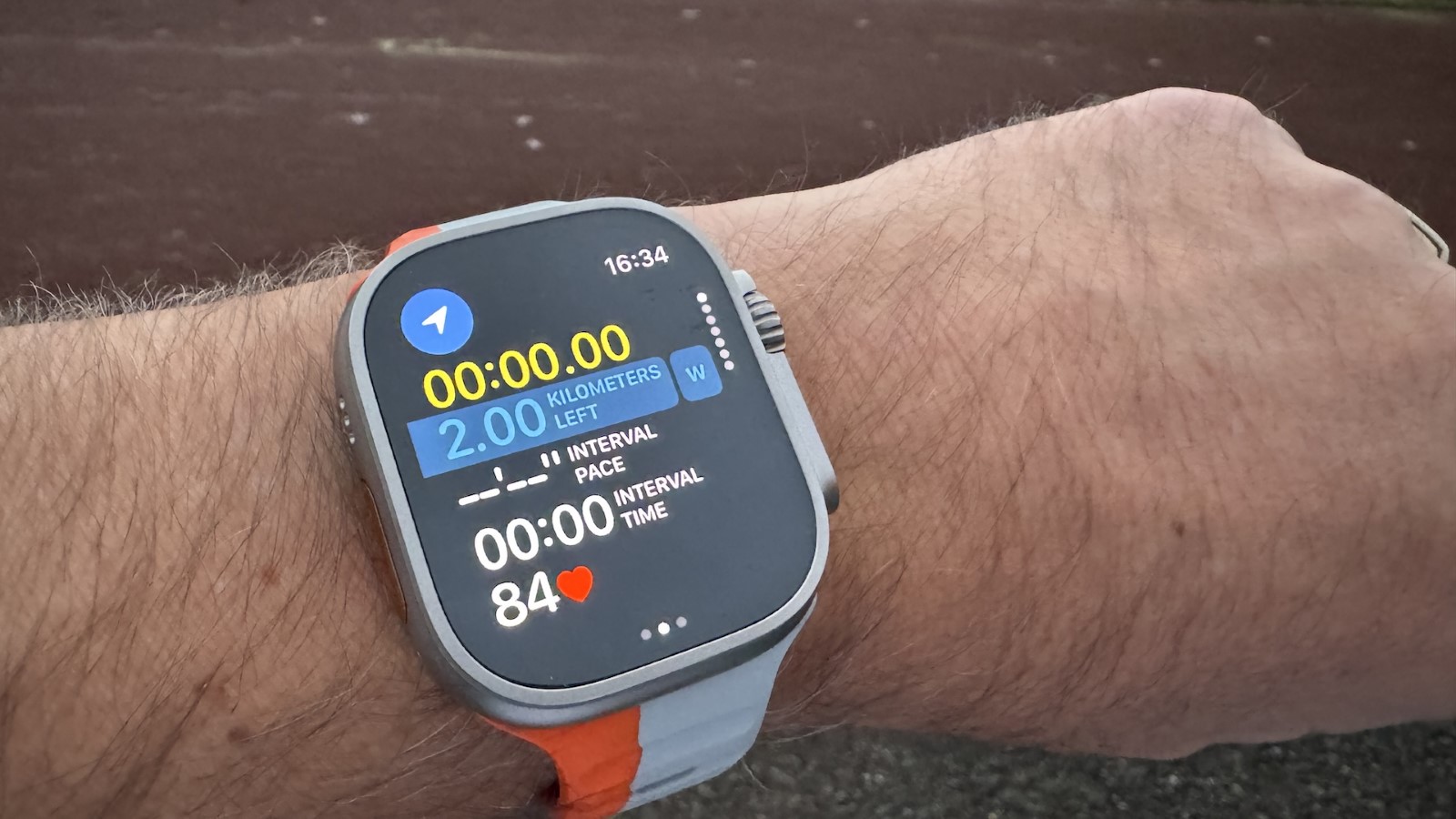
Matthew Miller/ZDNET
After logging into the test TrainingPeaks account and selecting the appropriate options to connect TrainingPeaks to the Apple Watch, the workouts synced to the Apple Watch Ultra 2. Once I arrived at the track, I I selected the workout I wanted to do – the workout appeared in the Workout app with the TrainingPeaks logo to clearly distinguish it from Apple’s default workout options.
I selected the workout, chose the outdoor running option, and designated the lane I planned to run in around the track.
The Apple Watch Ultra 2 gave me audio guidance on expected distance and target heart rate. As I ran, the watch informed me whether I was above or below the desired heart rate zone. Honestly, this was one of the most helpful aspects of the experience that kept me on track for the heart rate-based workout.
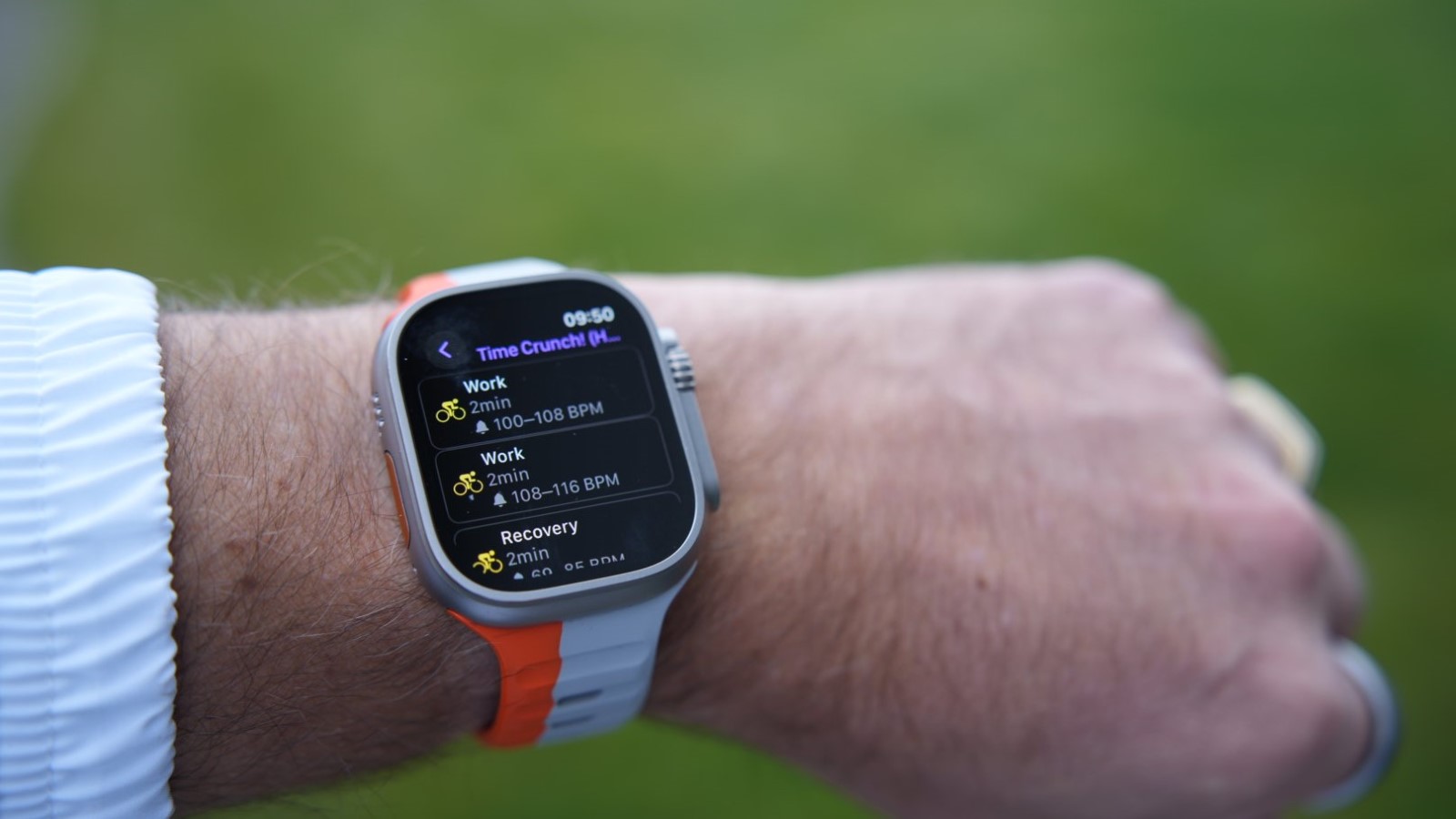
Matthew Miller/ZDNET
Another extremely useful indicator on the watch was a quick visual that showed me the status of my progress, in the form of blue segments around a circle. I could quickly glance down and see how far I had left to go in a particular segment to manage my heart rate.
After the run, the workout appeared in Apple Workout and also synced with the TrainingPeaks app on my iPhone.
Various details appeared in both applications, while TrainingPeaks data fed into TrainingPeaks data and metrics. I was able to achieve a 96-97% compliance rate with the planned training plan and it is clear that this success is due to the guidance provided by the Apple Watch.
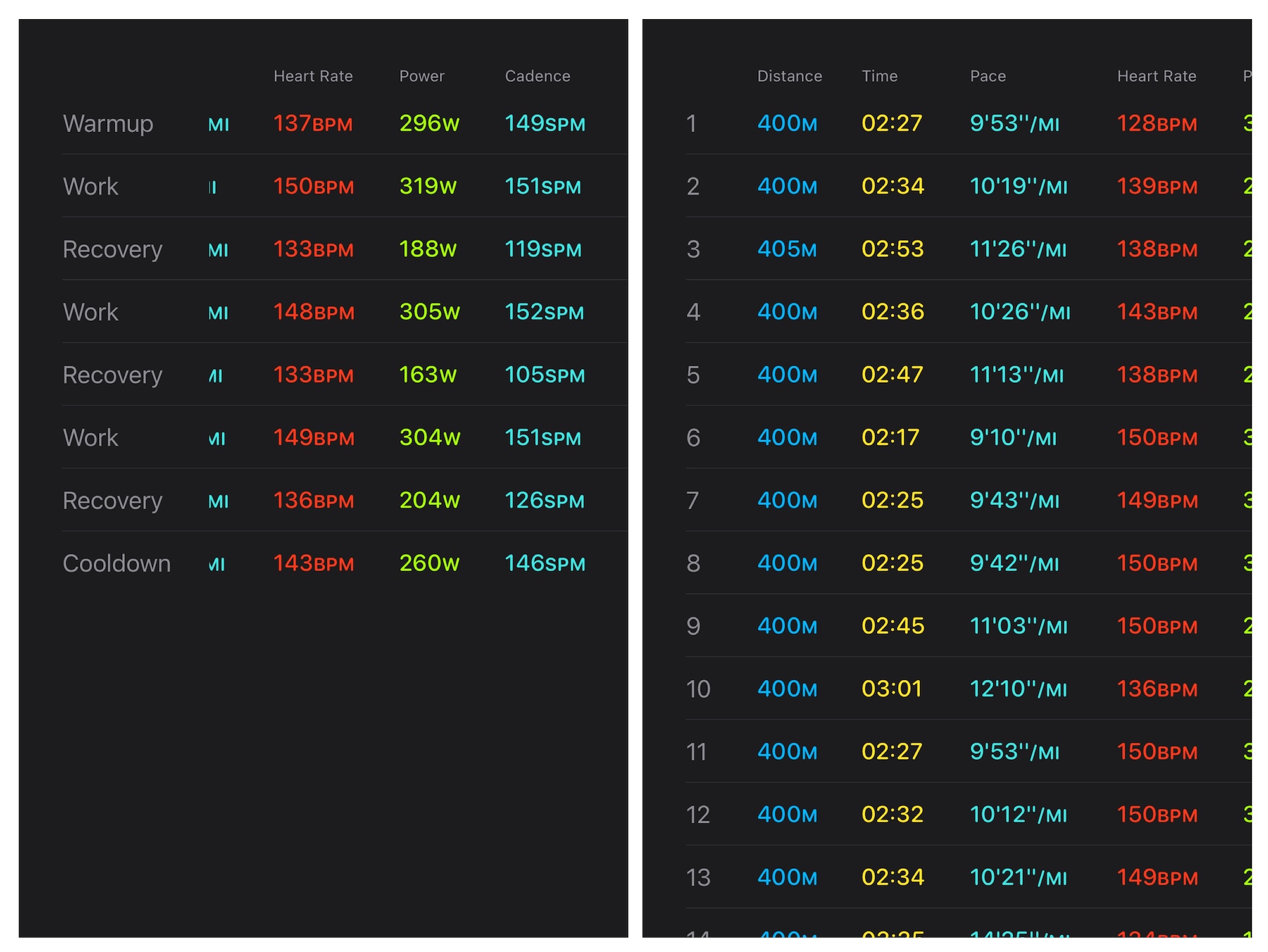
Matthew Miller/ZDNET
The Apple Watch Ultra goes cycling
If I cycle often, it is mainly to get to work and often on an electric bike. So I dusted off my trusty 1994 Bridgestone XO-4 bike and checked my Garmin speed and cadence sensors.
Turns out I have the original sensors that connect via ANT+ so I haven’t been able to connect them to my Apple Watch Ultra 2. If I continue to cycle for training I may have to- be upgraded to the new Bluetooth sensor model.
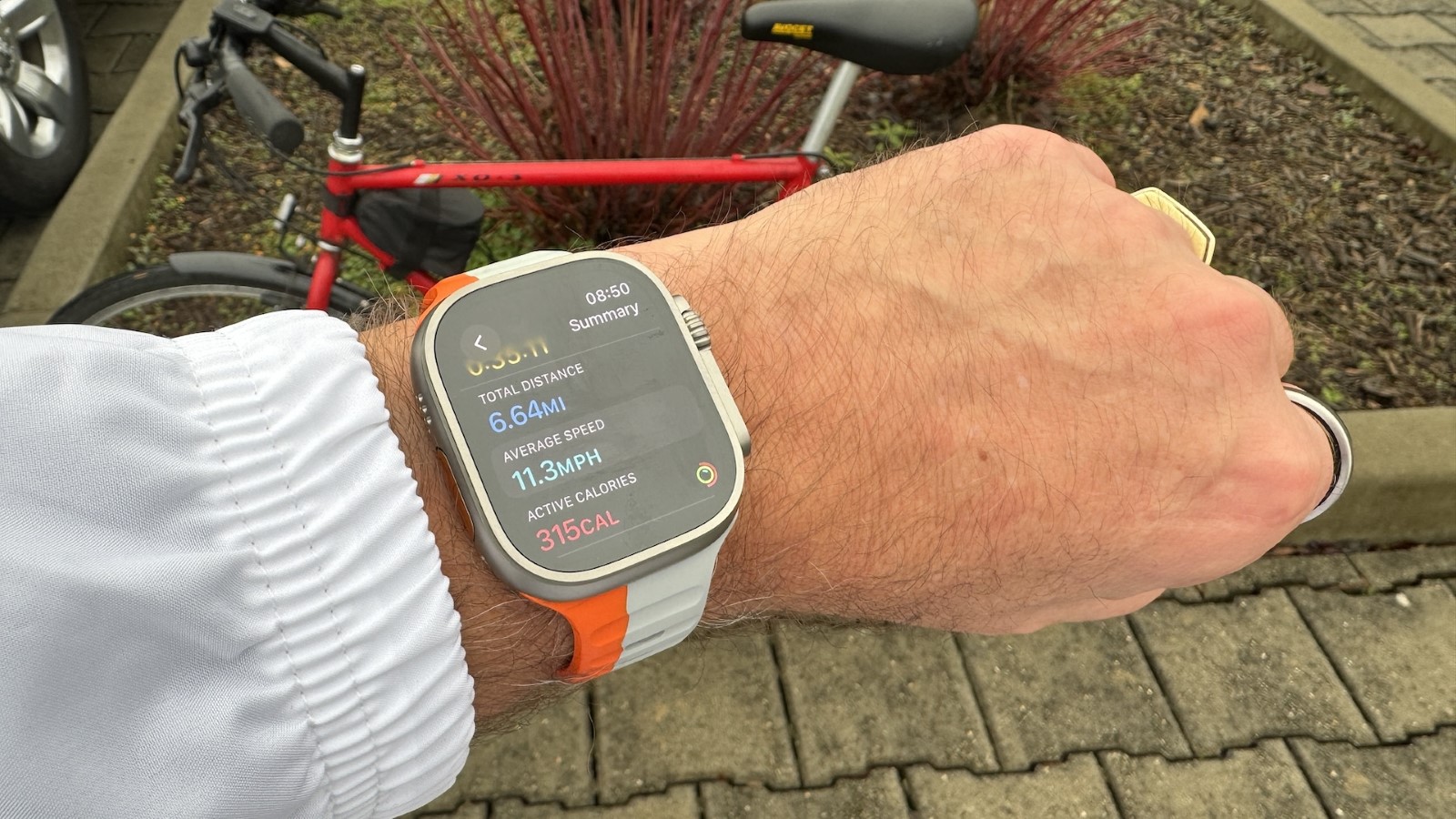
Matthew Miller/ZDNET
WatchOS 10 brings impressive features to the cycling experience, helping turn an iPhone into a powerful cycling computer.
In addition to supporting Bluetooth connections with cycling accessories, when you start a workout on your Apple Watch, it appears as a live activity on your iPhone, with various metrics and tips displayed on the full screen of the device. the Iphone.

Matthew Miller/ZDNET
With personalized training plans synced between TrainingPeaks and Apple Watch Ultra 2, the TrainingPeaks experience also appears on live activity screens.
This means that indications of my planned heart rate appear on the iPhone screen, along with information about the next segment of the training plan. You can easily swipe left and right on iPhone screens to view lots of metrics and data about your ride.
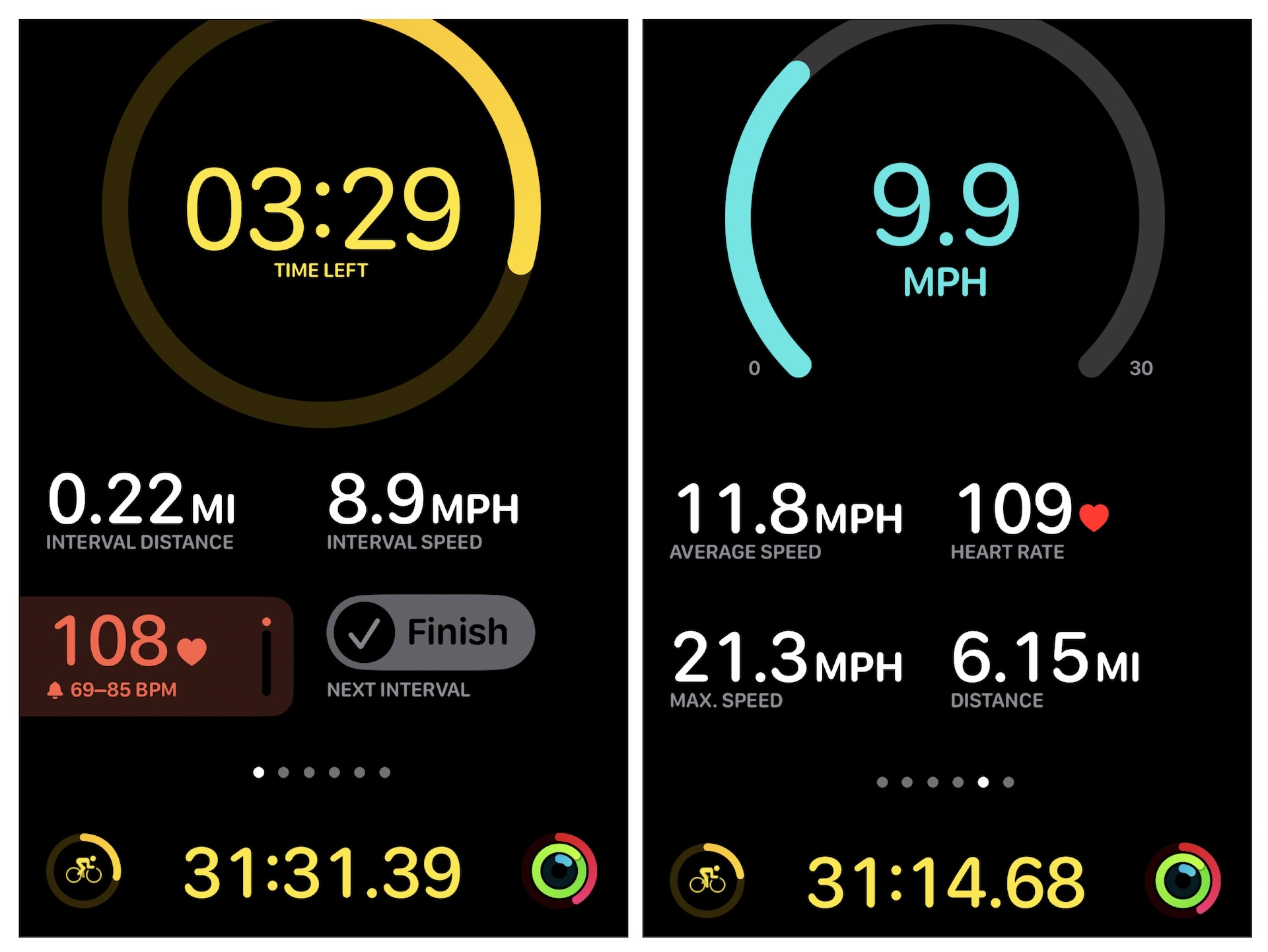
Matthew Miller/ZDNET
I would never use a watch to guide me through a cycling training plan because I need to stay focused on the path or road. Having the watch power the iPhone screen was a great experience and the iPhone can now easily serve as my primary cycling computer.
Garmin has released some excellent GPS sports watches over the past few years. But Apple’s development of WatchOS and support for third-party developers seriously calls into question my need for a dedicated sports GPS watch. I plan to continue exploring what Apple offers for personalized workouts. And I’ll keep you posted.
Source: “ZDNet.com”
